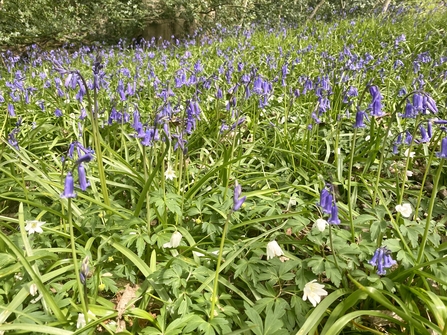What is an ancient woodland?
Ancient woodland is defined as woodland that has been in place for at least 600 years, making it irreplaceable. However, it has no legal protection unless part of a statutory designated site. There are strong national planning policies protecting it from development, but if a project is judged to be of overriding public interest, it can be destroyed.
Tragically, some ancient woodlands are not even 'recognised' and can therefore be overlooked. Orignally, only those over two hectares were registerd on the national inventory. For many of the smaller woods, it is a gradual process to have these assessed and mapped by Natural England.
HS2 Ltd only accounted for the known ancient woods on the route, until pressure from the Woodland Trust and others forced them to carry out more work. This led to three further ancient woodlands being discovered on the Phase 1 route in Staffordshire, all of which will be severely impacted. Yet work is already underway.


